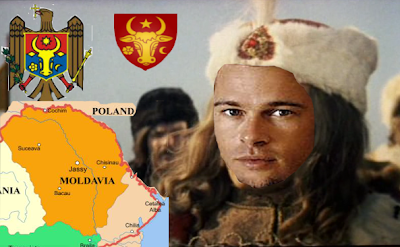should understand Microsoft’s .NET Framework. Some .NET framework knowledge is a plus, but not necessary.
- PMLFRM: for graphical interfaces (forms)
- PMLFNC: for functions that doesn’t have a graphical interface
- PMLOBJ: for new objects (classes) created by the user
As well as develop their own C# code and use them in PDMS.
Assumes a knowledge of C#
This course is designed to give an introduction to the AVEVA .NET customization. There is
no intention to teach software programming but provide instructions on how to customize the
AVEVA application using the .NET platform and the C# language.
Target Audience
Ladder 2013 AUKRA N825 Application developers
Module Training Guide Content & Topics Covered
NET Customization Overview
Calling PMLNetCallable Classes
Defining PMLNetCallable Classes
NET Addin Structure
UIC Files
Extending Addin Functionality
Database Interface
Collections and Filters
Miscellaneous Tools
PDMS Standalone Interface
Hull API
To discover which folders are set in your PMLLIB you have to type the following command in PDMS:
Q EVAR PMLLIB
If you have more than one folder in your PMLLIB, PDMS will first look for the file in the first folder in the PMLLIB. If it does not find it there, it’ll try the second one and so on, until ir finds it or the folders in PMLLIB end.
Inside each of the PMLLIB folder there’s one file called pml.index. This file is a list of all files in that folder, so PDMS doesn’t actually look for the file in the folders, but in this index file. If the file is in the folder but not listed in the pml.index, then it doesn not exist to PDMS.
Because of this, each time you add a new file to the PMLLIB you hate to type the following command in PDMS:
PML REHASH ALL
This command should update all pml.index files in your PMLLIB. But what really happens is that in some situations it does not do it and PDMS can’t find the new files.
In these situations what you have to do is erase the pml.index file from that particular PMLLIB and only then use the rehash command in PDMS. When you do this PDMS will not find the index file and will have to recreate it.
To discover which folders are set in your PMLLIB you have to type the following command in PDMS:
Q EVAR PMLLIB
If you have more than one folder in your PMLLIB, PDMS will first look for the file in the first folder in the PMLLIB. If it does not find it there, it’ll try the second one and so on, until ir finds it or the folders in PMLLIB end.
Inside each of the PMLLIB folder there’s one file called pml.index. This file is a list of all files in that folder, so PDMS doesn’t actually look for the file in the folders, but in this index file. If the file is in the folder but not listed in the pml.index, then it doesn not exist to PDMS.
Because of this, each time you add a new file to the PMLLIB you hate to type the following command in PDMS:
PML REHASH ALL
This command should update all pml.index files in your PMLLIB. But what really happens is that in some situations it does not do it and PDMS can’t find the new files.
In these situations what you have to do is erase the pml.index file from that particular PMLLIB and only then use the rehash command in PDMS. When you do this PDMS will not find the index file and will have to recreate it.
How to Setup MDS?
Links
Aveva – Official Aveva website
PdmsWorld – Official Aveva’s PDMS forum
Plantcon – Downloads, tutorials and many PDMS tips
PDMS Macro – Blog about PDMS and PML with tips and tutorials
Using PMLNethttp://help.aveva.com/AVEVA_Everything3D/1.1/NCUG/wwhelp/wwhimpl/common/html/wwhelp.htm#href=NCUG5.6.3.html&single=true
Using PMLNethttp://help.aveva.com/AVEVA_Everything3D/1.1/NCUG/wwhelp/wwhimpl/common/html/wwhelp.htm#href=NCUG5.6.3.html&single=true



























1 comentarii:
HI,
if there any way to add a new folder to %PMLLIB% by PDMS command line ?
Trimiteți un comentariu